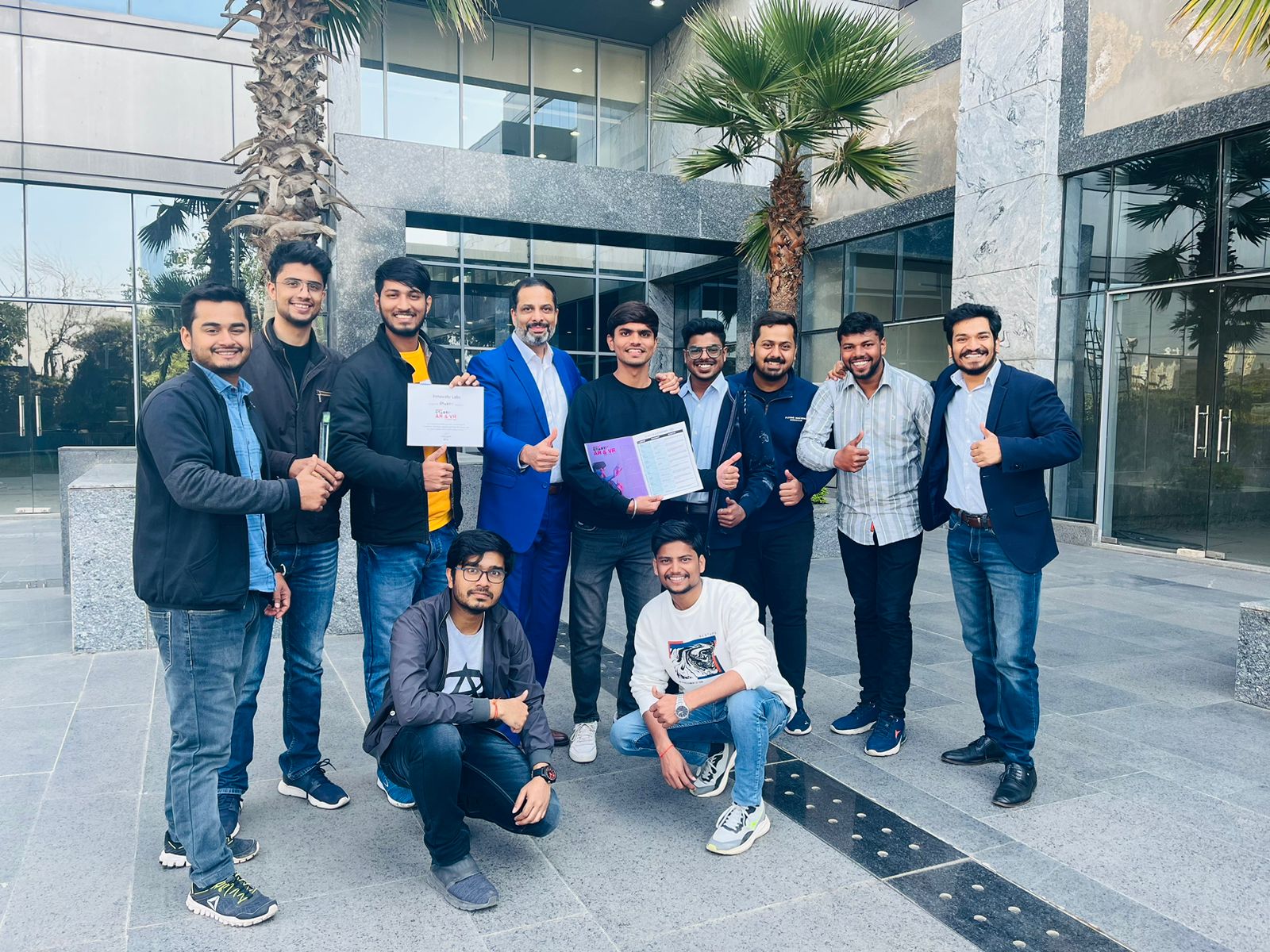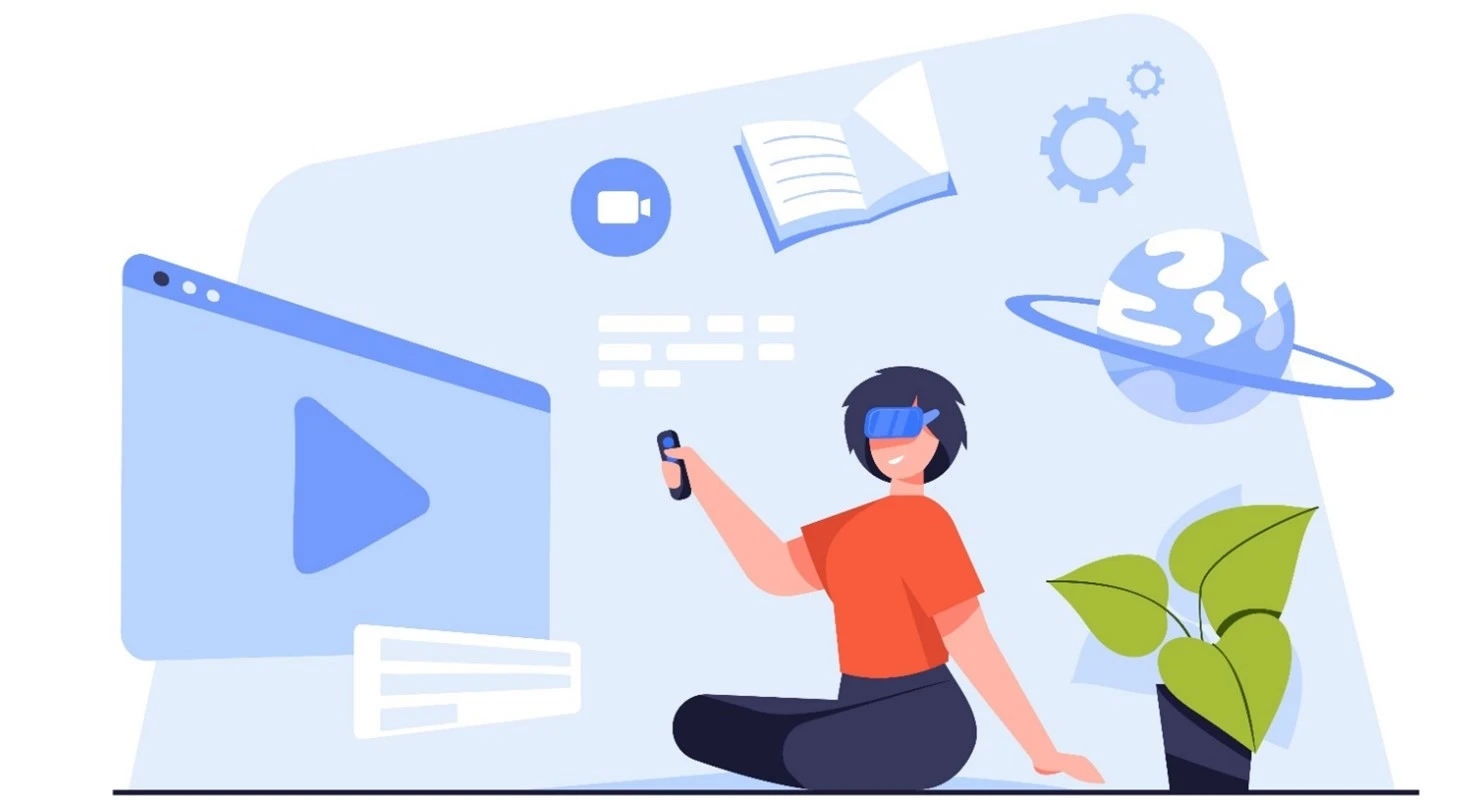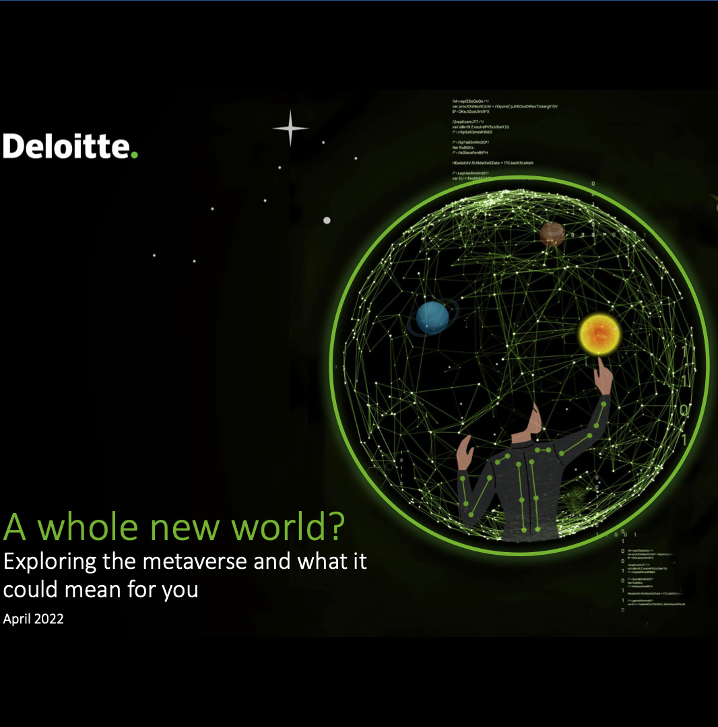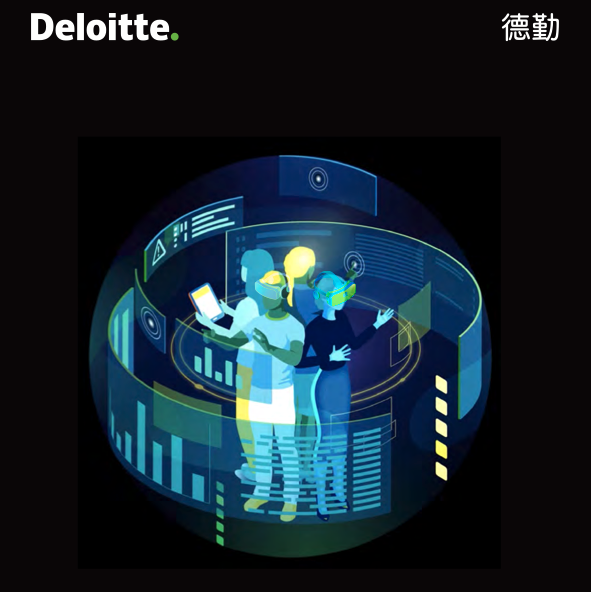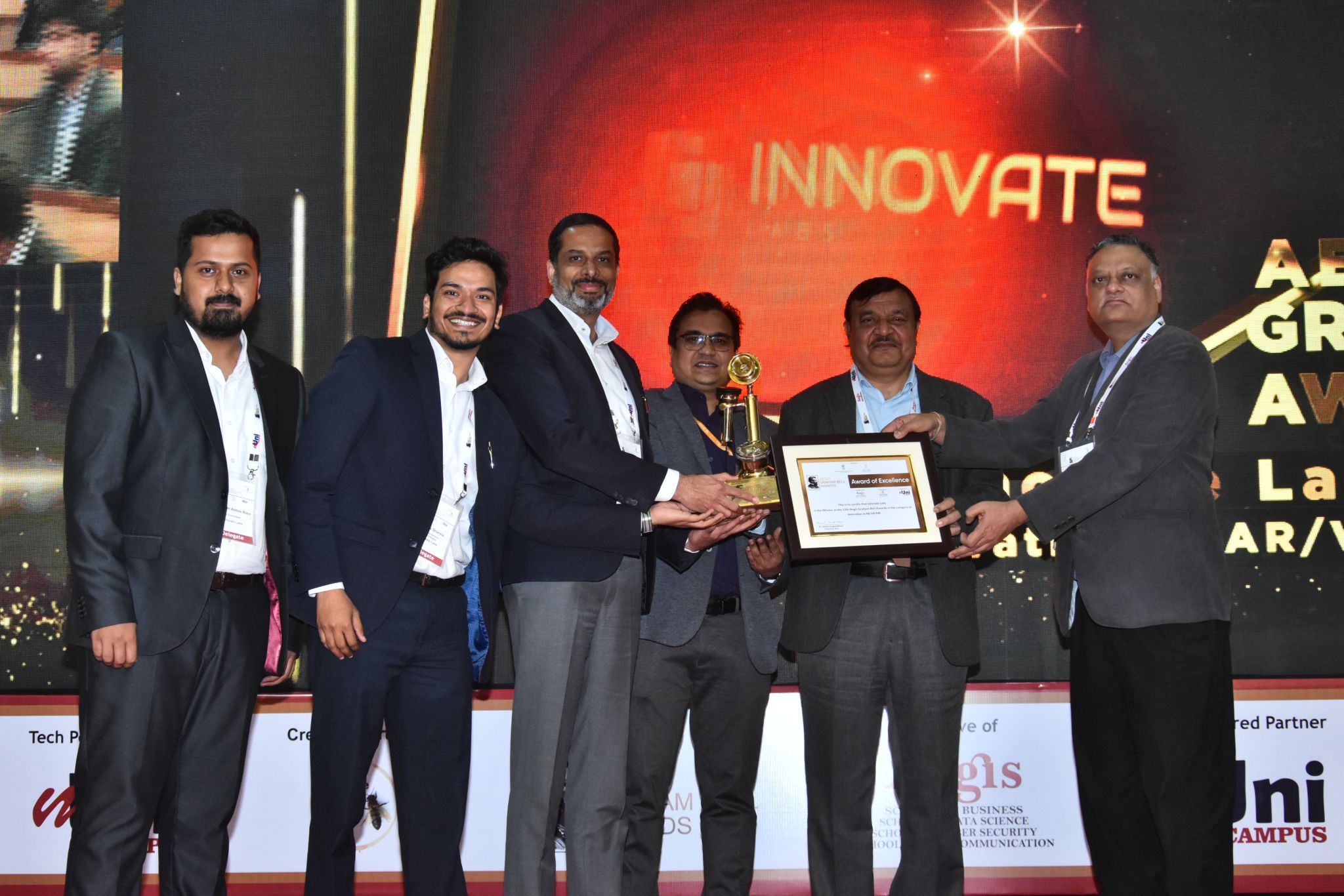
Innovate Labs Wins the Title of Best Innovation in AR/VR
- Mar 09, 2023
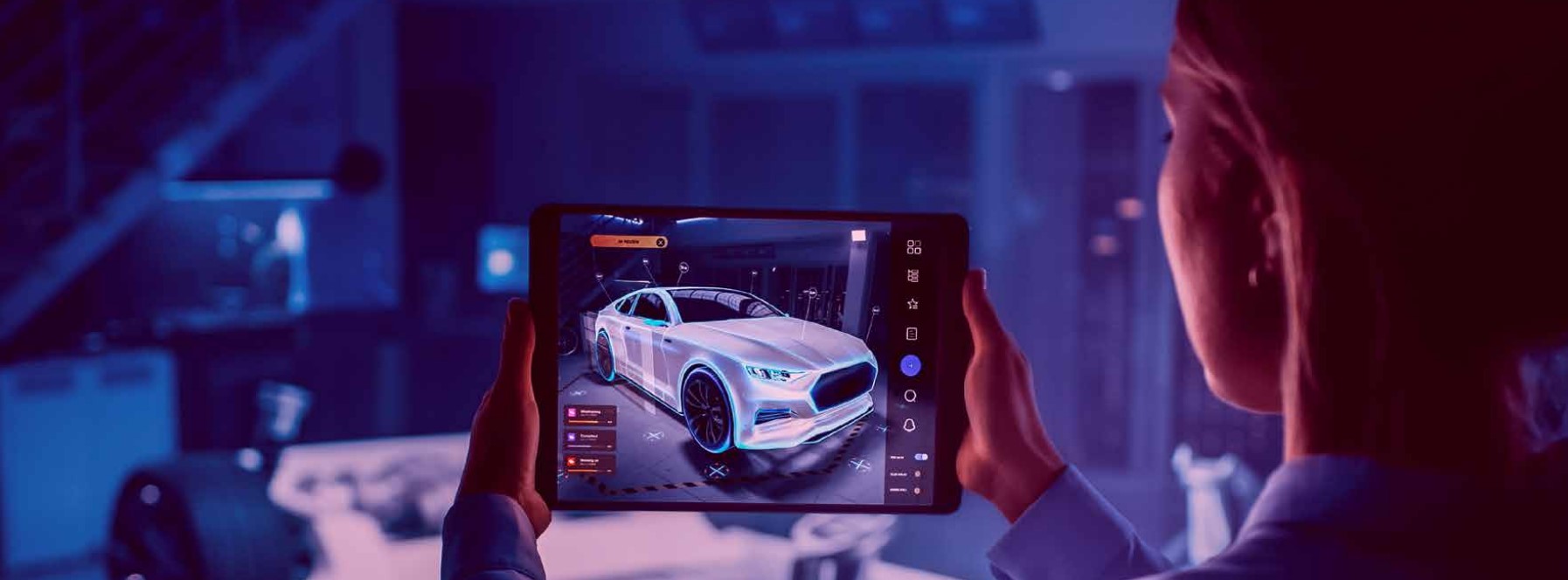
Much is being spoken and written about Metaverse and its applications in the automotive sector, albeit, predominantly in the customer engagement space. However, the applications of immersive technologies have far-reaching impacts and benefits throughout the automotive design, development, production, marketing, and consumer engagement cycles. Augmented Reality / Virtual Reality can disrupt the conventional methods of automotive design and development. It can significantly shrink the overall product development life cycle, which is the industry's immediate need given the evolving customer expectations.
Back in the 1980s-90s, vehicle purchases for Indians used to be a significant event with significant family & emotional involvement. The vehicle was cherished as an asset lasting an average of 10-12 years and in many cases also passed down over generations. But over the last 2-3 decades, the Indian automotive industry has witnessed considerable changes in consumer behavior. Vehicle buyers in India are getting younger, over half of India’s population today is under the age of 30, and the increase in their buying power is allowing them to purchase vehicles early in their careers compared to their parents.
Due to access to the internet, easy financing options along with growing social circles, today’s consumers are not treating vehicles just as a mode of transport, but as a lifestyle choice that reflects their personality and social status. Hence, they spend considerable time researching the options available online, demand more features and are ready to look beyond the traditional brands. Also, they are changing their vehicles faster, within 4-5 years for the non-luxury segment and within 2-3 years for the luxury segment due to the increased buying power. The below chart shows the Indian consumer spending trend for the last 10 years.
Therefore, to satisfy the evolved consumer of today and keep their brand loyalty, the automotive OEMs are now required to introduce a facelift each year and do a major product release every 2-3 years. But being a cost-intensive and the second most complex supply chain process after the consumer electronics industry, comprising over 25,000 components from electronic to digital technologies that depend on various suppliers around the world, introducing new features every 12 months is a big challenge for vehicle manufacturers. Also, the added safety and environmental regulations have further increased the complexity of automotive design cycles. Thus, the industry is pushed to look at and explore newer, faster, and more efficient ways of reducing design costs and turnaround times.
The last disruptions in the design process came in the late 90s which led to the transition from drawing boards to digital design (CAD) and physical testing to digital prototyping (CAE & 3D printing). These helped in shrinking the cost and timelines of new vehicle development cycles from 4-5 years to 18-24 months, but digitalization has reached its saturation point and for further improvements, the industry now needs to look for the next disruptive solutions and technology.
Today an automotive OEM in India, on average invests in building 2-3 clay prototypes, a practice that has been prevalent since the birth of the automotive industry, just to finalize the styling and visualize the vehicle in a 1:1 scale before releasing it for engineering.
Post-engineering release of the final design, 3-5 prototypes are built again for various testing including ergonomics, visibility, design for assembly, design for manufacturing, user feel, and experience. But at this stage, the design is almost released and very few changes are possible any changes that are undertaken costs cascading impact on the costs and final launch deadlines.
Each prototype's initial validation is a significant investment and takes several weeks/months to build. These steps, though necessary, add to the overall costs and time to market, and present an opportunity to be relooked at to meet growing customer needs. The market for prototyping in India alone is conservatively estimated at over 500 Crores per annum and is expected to grow significantly in the next 5-7 years.
Given the large market size of the automotive industry, the opportunity for growth along with some real challenges to solve related to cost and efficiencies, immersive technology companies like Innovates labs have taken the steps in developing unique solutions, leveraging the power of XR, to help the automotive industry at multiple fronts.
The applications of immersive technologies have great potential and immersive media such as Augmented Reality / Virtual Reality, are disrupting the conventional methods of automotive production life cycle and helping OEMs in reducing costs while bringing more efficiencies to the process.
One unique and first-of-its-kind AR-based solution developed by Innovate labs for the automotive industry is the "Design Xperience Suite". It has been designed to seamlessly integrate within the existing design process of any OEM and impact the early design cycle to help reduce design issues and errors in the early stage of the development along with delivering other direct and indirect benefits to both OEMs.
>>Improving Designing Process: Using the power of immersive media, CAD designers can deploy 3D designs with ease on smartphones or AR VR headsets and perform quick design reviews. Further, AR technology allows CAD designers to superimpose 3D CAD data on physical vehicles/equipment to validate the ergonomics which significantly reduces the need for building multiple prototypes and clay models in turn reducing the dependency of OEMs on the overseas prototype makers and positively impacting the economy of the nation.
>>Promoting Team Collaboration: Immersive reality enables different teams, engineering, and design all the way up to management, from different locations to collaborate, visualize and test specific components or do an in-depth review of the full vehicle in real-time through techniques such as spatial computing, digital holographic interactions, rendering abilities, etc. once again impacting the overall costs and design cycle times significantly. Also, talking about customer centricity, with immersive technology solutions designers can validate the feel, ergonomics, look, etc. during the digital design phase and hence take real-life feedback from real consumers. Hence reducing timelines and improving the quality of the final product.
>>Boosting Technician Knowledge: Step-by-step visual guides can help workshop technical personnel in specific assembly/maintenance tasks without needing access to vehicles or physical equipment. Leveraging basic AR-compatible smartphones, the technicians can access the training material and accustom themselves to new processes, at their own convenience which can improve employee motivation while increasing their on-the-job effectiveness.
>>Enhancing Workplace Safety: From a workshop safety standpoint, AR-based fire safety training modules can assist capture and replicate the actual layout and equipment at the worksite along with providing guidance in locating fire extinguishers/fire alarms, etc. Technologies like spatial audio and time-based visibility can further help in replicating real-life conditions and in improving reaction time in panic situations.
>>Reducing Carbon Footprints: In addition to all the above features and direct benefits to OEMs, immersive technologies help reduce the use of clay, chemicals, plastic, metal, and other natural resources in building initial styling models and hence significantly reduce the carbon footprints and making the designing and development process of automobiles more environment friendly.
SUMMARY
Immersive technologies solutions have been catching steam for the last few years and from being traditionally used by organizations for entertainment and customer engagement purpose, now technology start-ups like Innovate labs are offering unique and easy-to-adopt AR VR solutions to solve some key issues and challenges faced by industries such as automotive, architecture, FMCG and more.
While it may feel that the adoption of these new technologies in the Indian automobile sector is still at its infancy stage with few key players leveraging them to their advantage. But post-pandemic the industry has opened itself to learning, evolving, adapting, and collaborating with software companies to build solutions leveraging AR (Augmented Reality), VR (Virtual Reality), and MR (Mixed Reality) technologies.
In this fast-moving electrified and digitalized world, customers are expecting a lot of personalization and customization to the products, and hence with the plethora of benefits offered by AR VR solutions like Design Xperience Suite, it is safe to expect that in the next 5-8 years the industry will go through major disruptions and most of the automobile manufacturers in India will have these technologies baked into the product lifecycle from designing, manufacturing, testing, to training, and selling.

